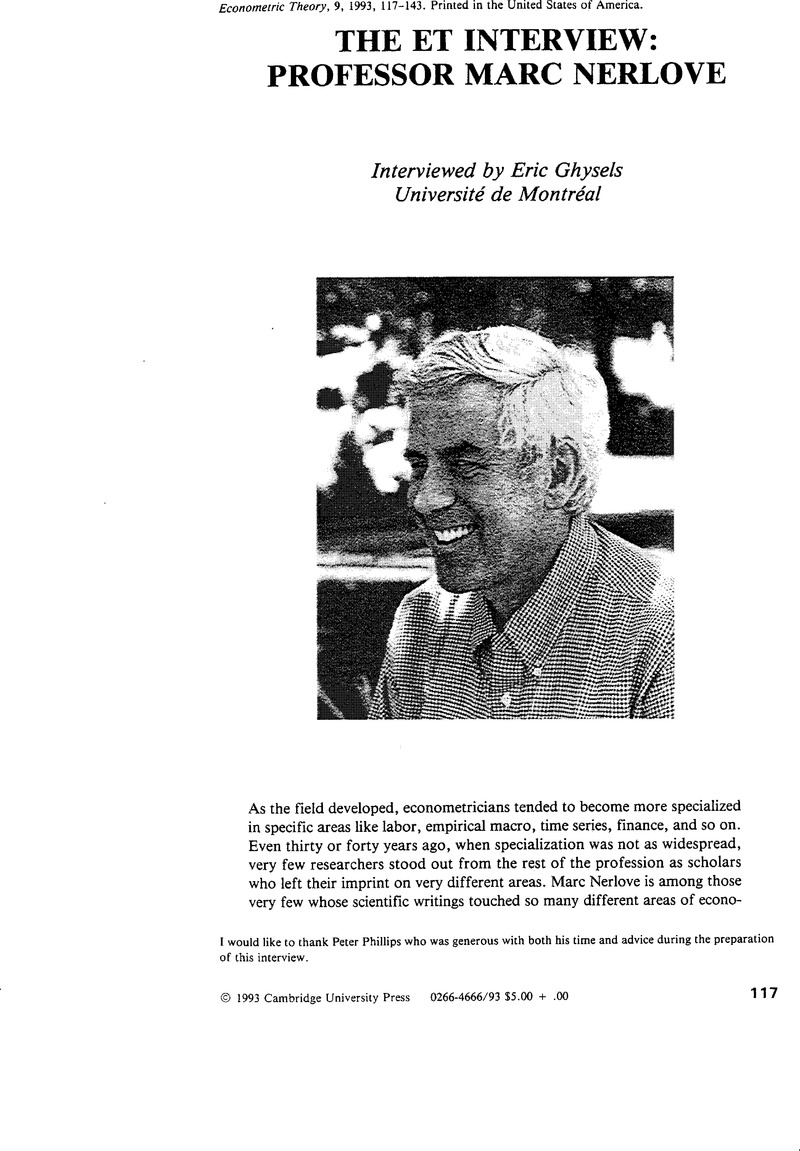Crossref Citations
This article has been cited by the following publications. This list is generated based on data provided by Crossref.
Biddle, Jeff
2016.
Statistical Inference in Economics, 1920-1965: Changes in Meaning and Practice.
SSRN Electronic Journal ,
Woodard, Joshua D.
Chiu, Leslie Verteramo
Power, Gabriel
Vedenov, Dmitry
and
Klose, Steven
2017.
Factors Affecting Changes in Managerial Decisions.
Agribusiness,
Vol. 33,
Issue. 3,
p.
443.





